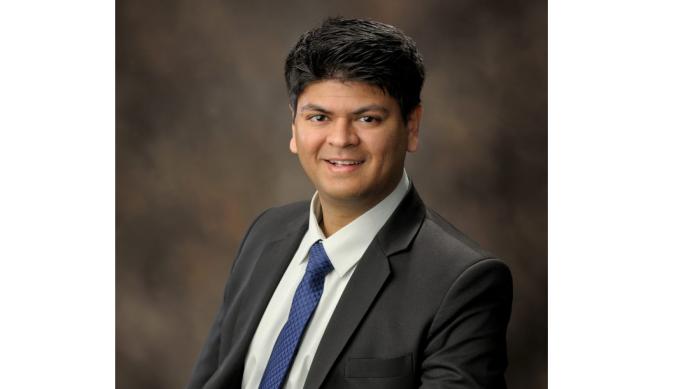
Gergely Seminar Series: Raman Imaging: A New Technique for Old Problems
Location
366 Hollister Hall
Description
Abstract
Raman spectroscopy has been used for the characterization of a variety of materials for nearly 50 years. However, hyperspectral mapping or Raman imaging is a relatively new technique that produces phase maps or spectral images of sample surfaces by collecting a Raman spectrum on every pixel. Over the last 10 years, the capabilities of Raman imaging have significantly improved, primarily due to hardware and software advancements in the Raman confocal microscopes and spectrometers. In this talk, I will outline recent applications of Raman imaging on construction materials and discuss opportunities as well as challenges. Specifically, Raman imaging allows highly accurate and precise mineral mapping of heterogenous ingredients of concrete (ranging from aggregates to cement) with its ability to detect mineral polymorphs at a high spatial, sub-micron resolution. Accurate quantification of mineralogical compositions is a key advance over bulk elemental compositions, and Raman imaging brings us one step closer to such a technological advance. This new advances in phase assemblages of concrete ingredients have implications on many societal issues such as mitigating the high CO2 footprint of cement, designing better biological shields for nuclear power plants, and repairing the aging concrete infrastructure.
Bio
Nishant Garg is an Assistant Professor at the Department of Civil and Environmental Engineering at University of Illinois at Urbana-Champaign since 2018. He completed his Postdoctoral research at Princeton University (2016-2018) and obtained his Ph.D. in Nanoscience at Aarhus University, Denmark in 2015. At UIUC, his research group focuses on the characterization and chemistry of construction materials and is supported by agencies such as the Illinois Department of Transportation (IDOT), US Department of Energy (DOE), and the Advanced Research Projects Agency - Energy (ARPA-E). In 2021, he was awarded the Stephen Brunauer Award from the Cements Division of the American Ceramic Society.
Hosted by: Assistant Professor Sriramya Nair

